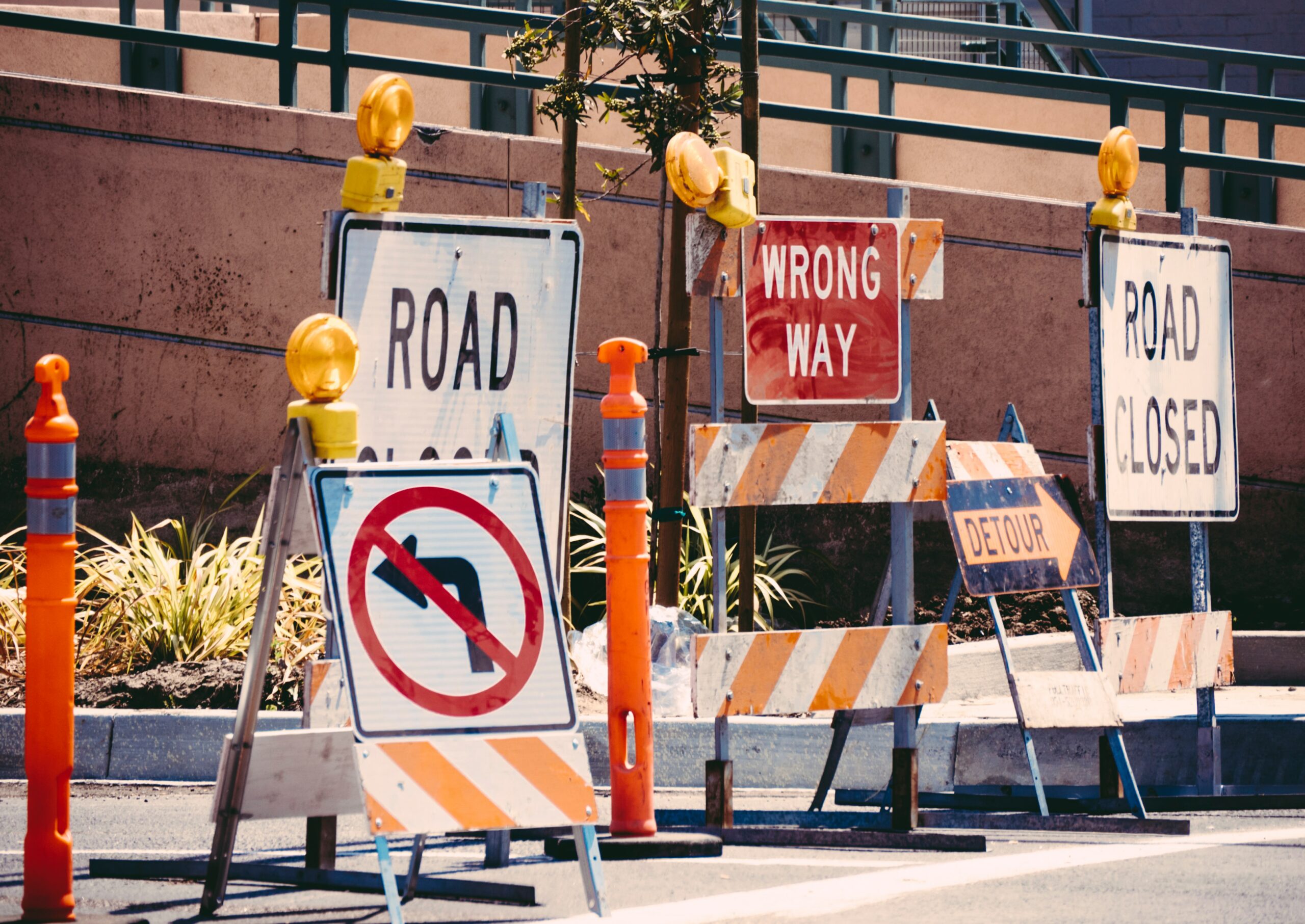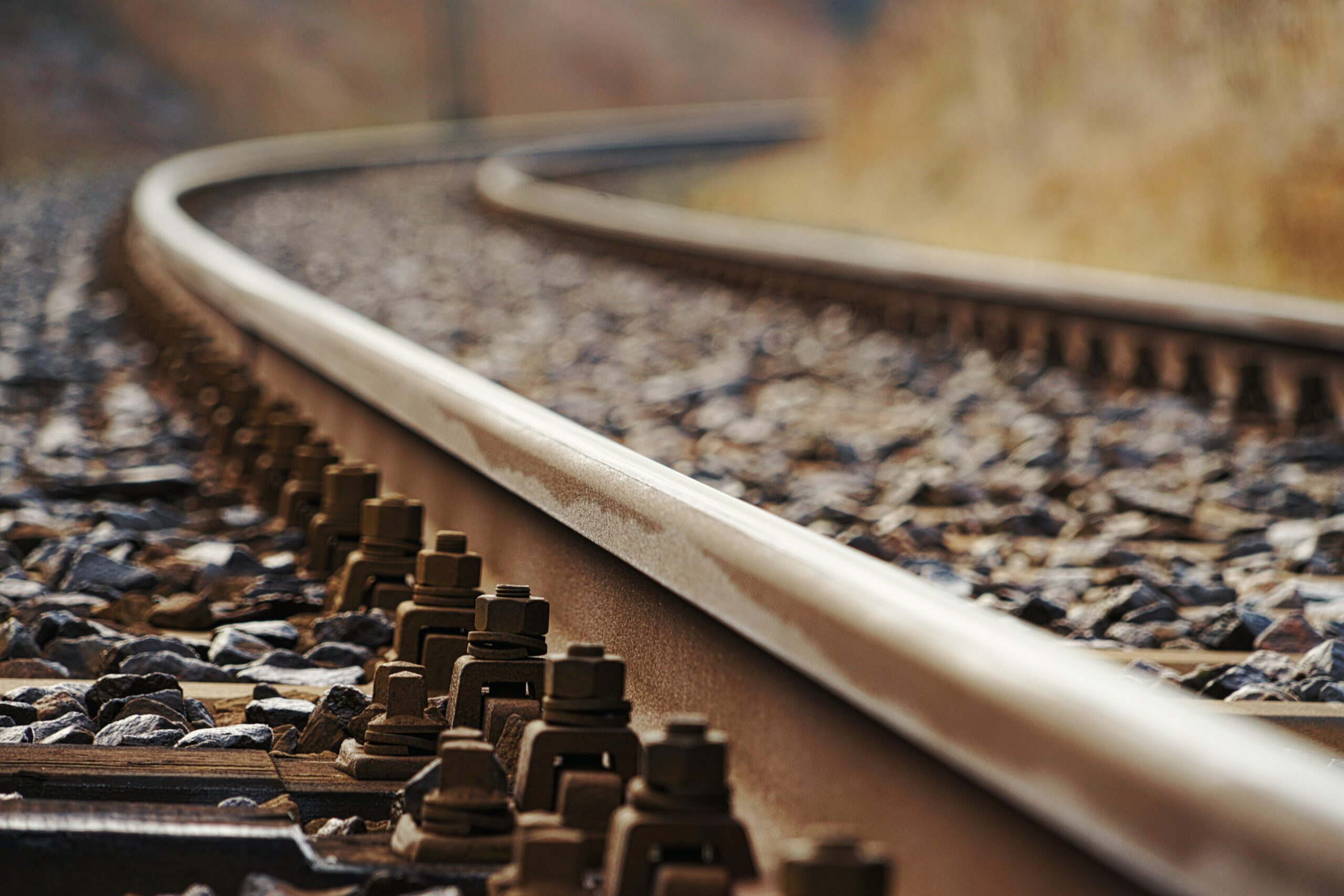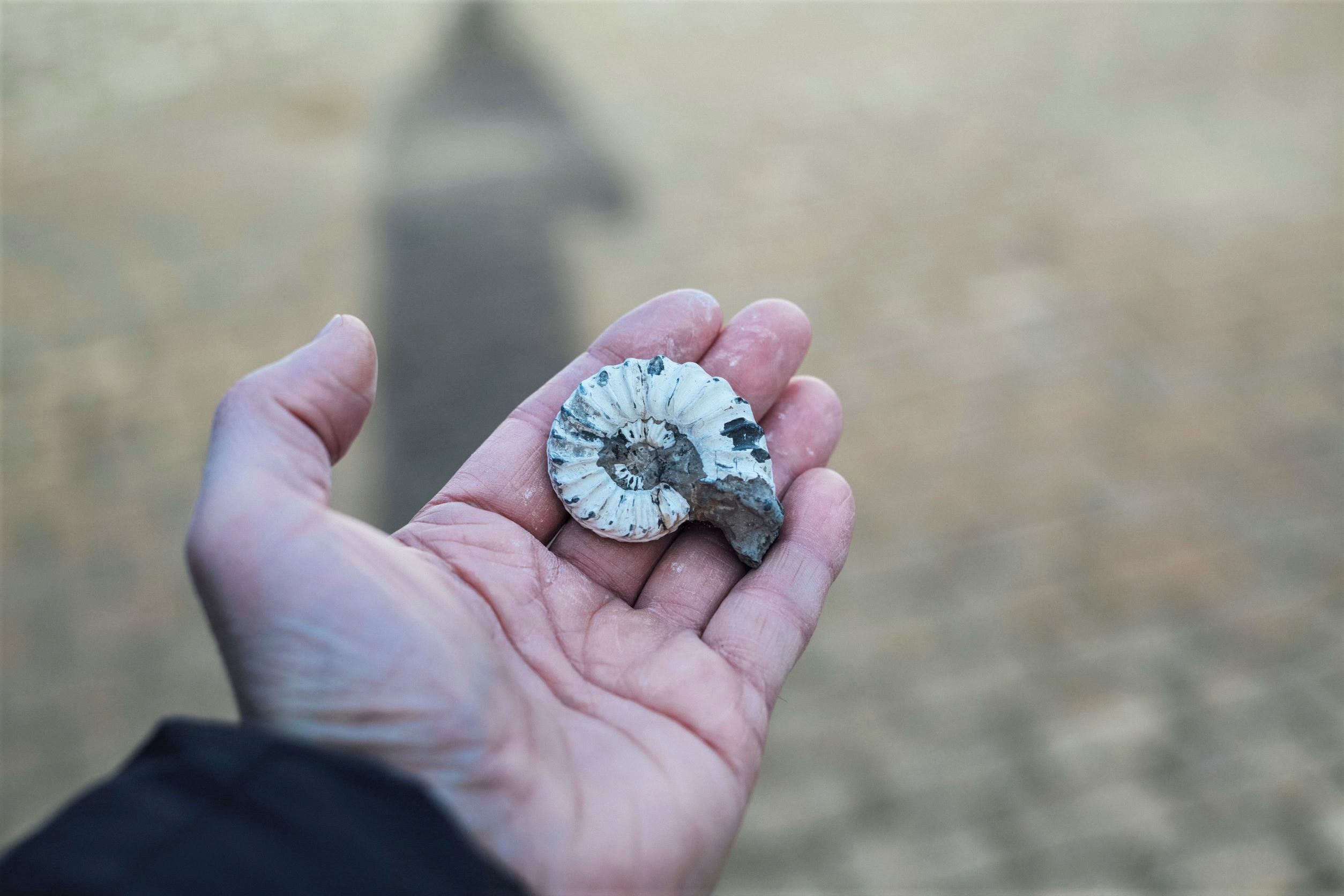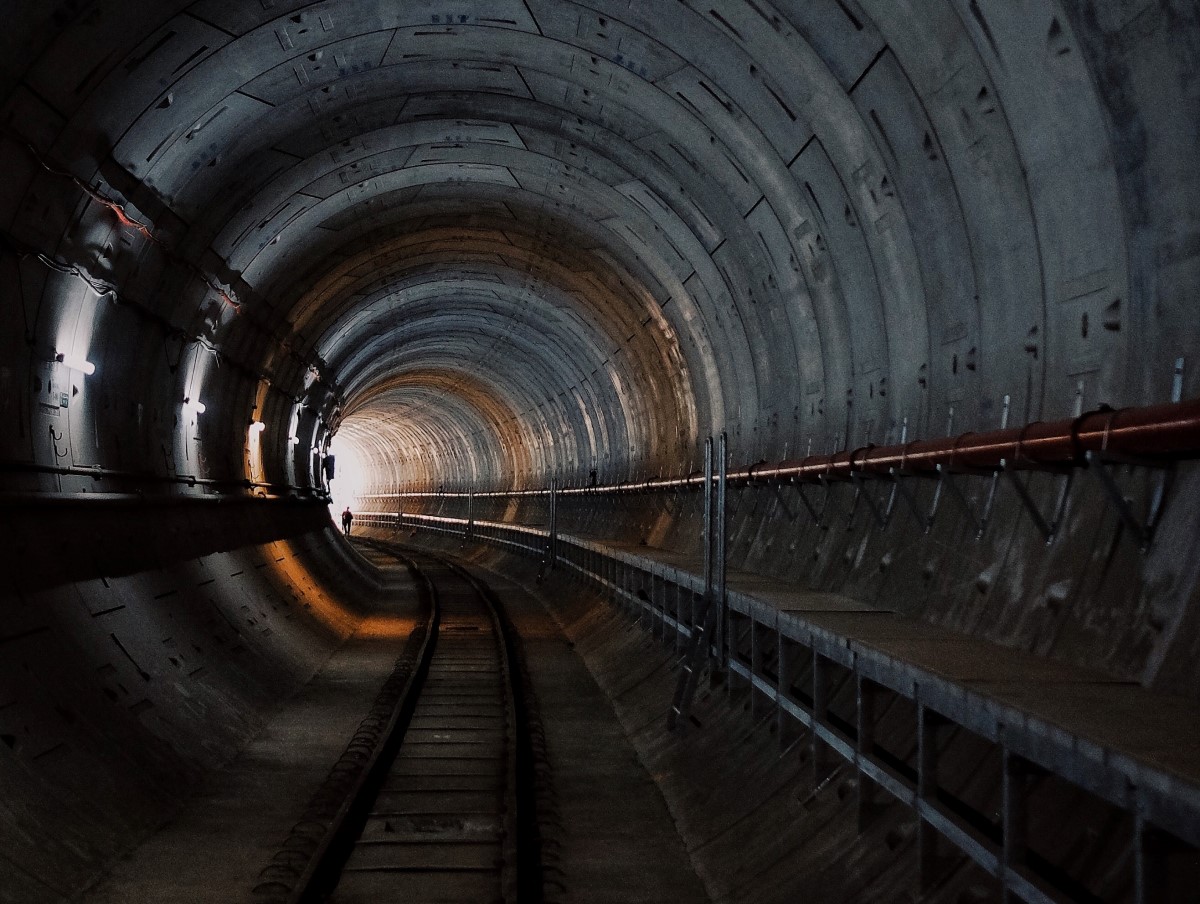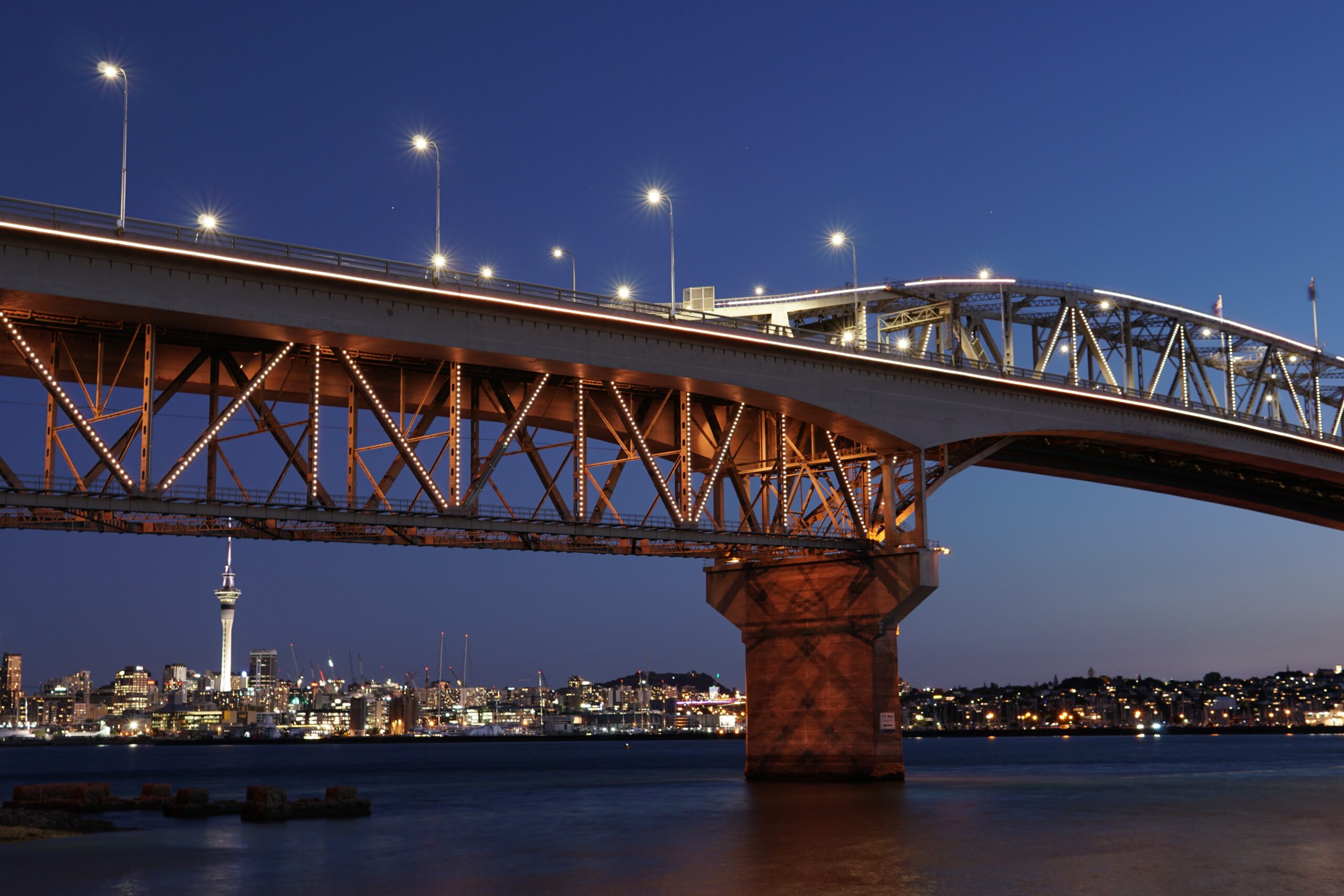Our team of assurance specialists share their own insight into the positive side effects of Infrastructure Projects in NZ today and in the future.
Continue readingIndustry Update: Kiwirail’s Massive Holiday Project
Our team of infrastructure assurance specialists share an interesting update relating to the recent Kiwirail upgrade project.
Continue readingIndustry Update: Queen St will soon be more pedestrian-friendly
Our team of infrastructure assurance specialists share an exciting update on the soon to be greener and more inviting Queen Street.
Continue readingIndustry Update: Watercare Project Uncovers Fascinating Fossils
Our team of infrastructure assurance specialists share an update on fascinating finds during construction of Watercare’s Central Interceptor in Auckland.
Continue readingIndustry Update: Breakthrough for the City Rail Link
Our team of infrastructure assurance specialists share an update on how the Auckland City Rail Link has been pushing through despite the many challenges imposed by Covid and lockdown restrictions.
Continue readingIndustry Update: Auckland Zoo’s biggest-ever project is coming to life!
Why we love the Alliance Model
When you want to deliver projects with significant risk and scope uncertainty, and you need a flexible approach, the alliance model is ideal.
It starts with construction and design partners being selected on capability and attitude, without any direct competition on price. Then with all the partners on board, they can work.
Alliancing provides multi-disciplinary synergies between an infrastructure agency, a contractor and a designer. Together, they can come up with ‘best for project’ solutions by sharing the risks while simultaneously rewarding innovation and performance.
Alliances have been used successfully in the public sector for many years – they are a proven and productive tool for building modern infrastructure. Working in an alliance also gives people and businesses the opportunity to broaden their management capabilities.
By fostering a fresh industry dynamic between the participants, alliancing makes our businesses more productive and more innovative. If you’re interested in understanding more about the alliance model and how to manage it, chat to one of our team who knows all about how it works.
The SkyPath to link the CBD to the North Shore
Auckland’s proposed SkyPath will be a 5m wide pedestrian and cycle bridge running underneath the Harbour Bridge. Yes, it’s expensive. But it’s going to be fabulous. It will allow people on the North Shore to commute to town on their bikes, and be a major drawcard for future international and local tourists.
Building it will be complex and potentially risky. Because it will use the Alliance model, the construction process will involve lots of experts bringing their ideas to the project, and sharing the risk between them. Hopefully, that will mean innovations and experience to keep workers safe as they operate four or five metres above the sea. At that height, there are lots of variables, and safety will be a prime consideration.
Provided we can keep everybody safe during the construction, the SkyPath should be a stunning feature for New Zealand’s largest city. We are looking forward to seeing it come to life!
How Infrastructure Projects Boost Recovery
Excited to Help Porirua Grow
IMA Services has been appointed by Kainga Ora as the independent auditor on the Porirua Development.
We’re thrilled to be part of this huge alliance, helping to create better homes and great neighbourhoods in this fast-growing area. This is just one of the outstanding kiwi infrastructure projects that we know will help boost economic recovery in 2021.
We’re looking forward to meeting everyone involved, talking to the community and working toward some fantastic outcomes for residents and business owners in Porirua.
